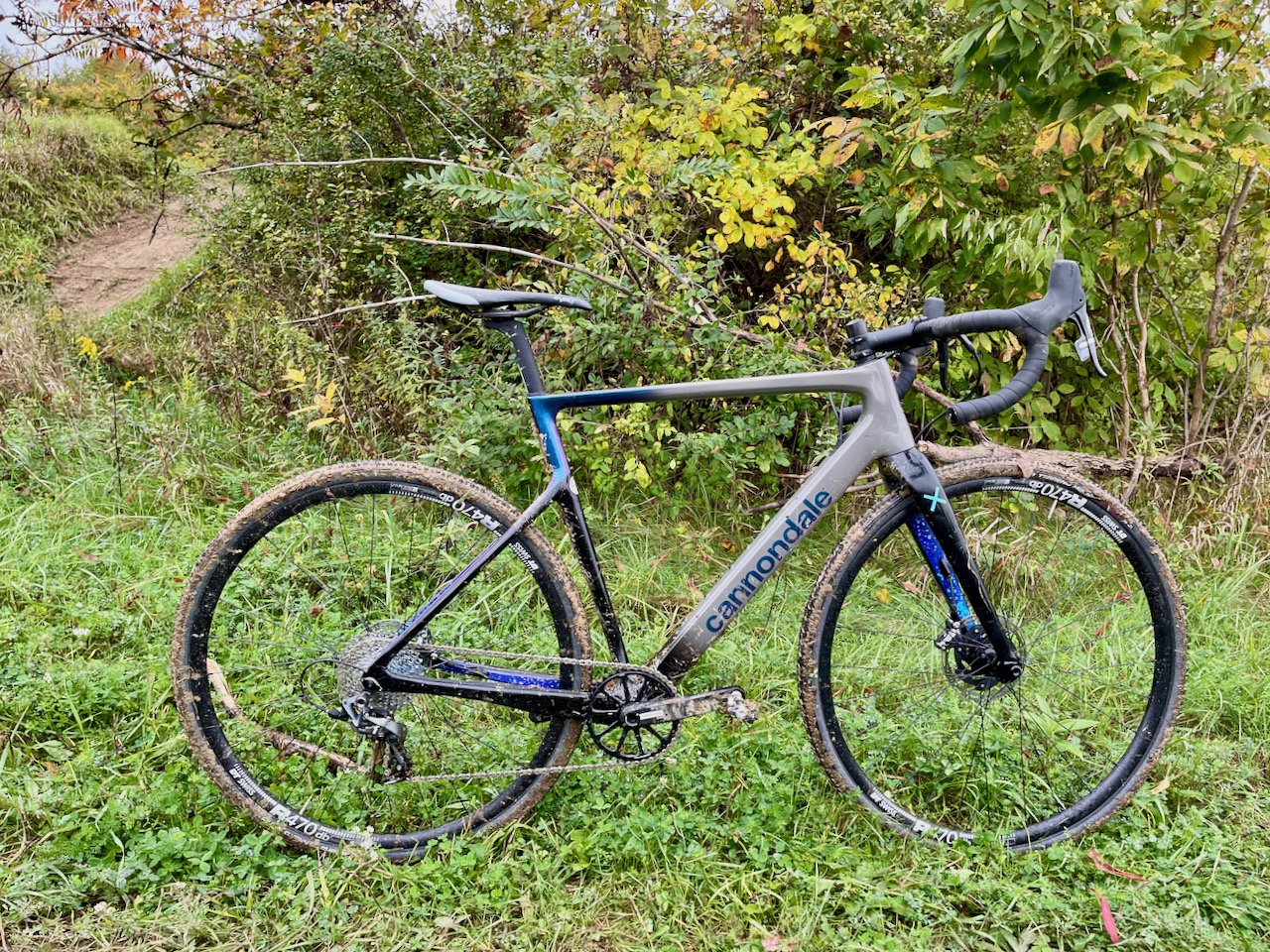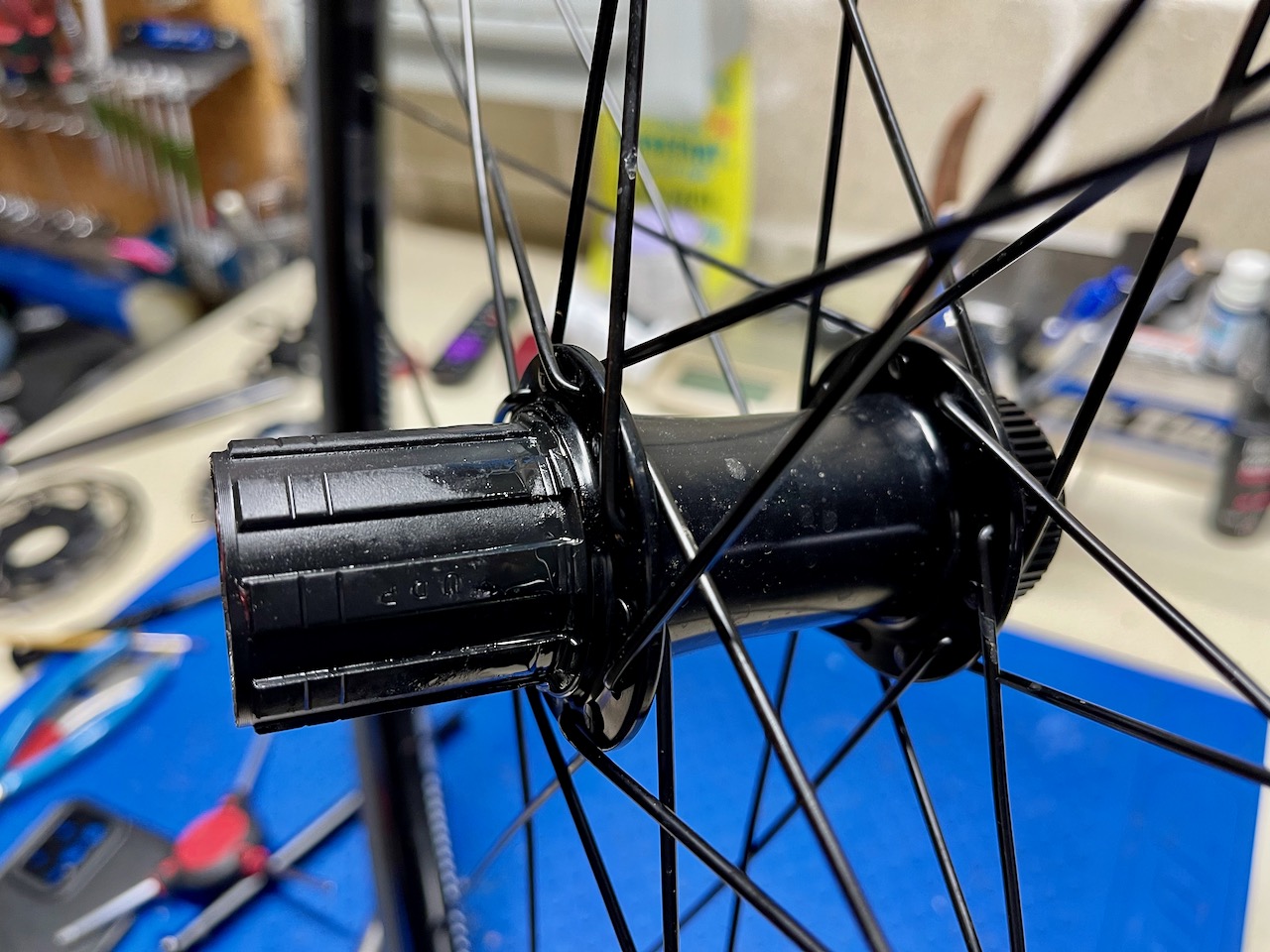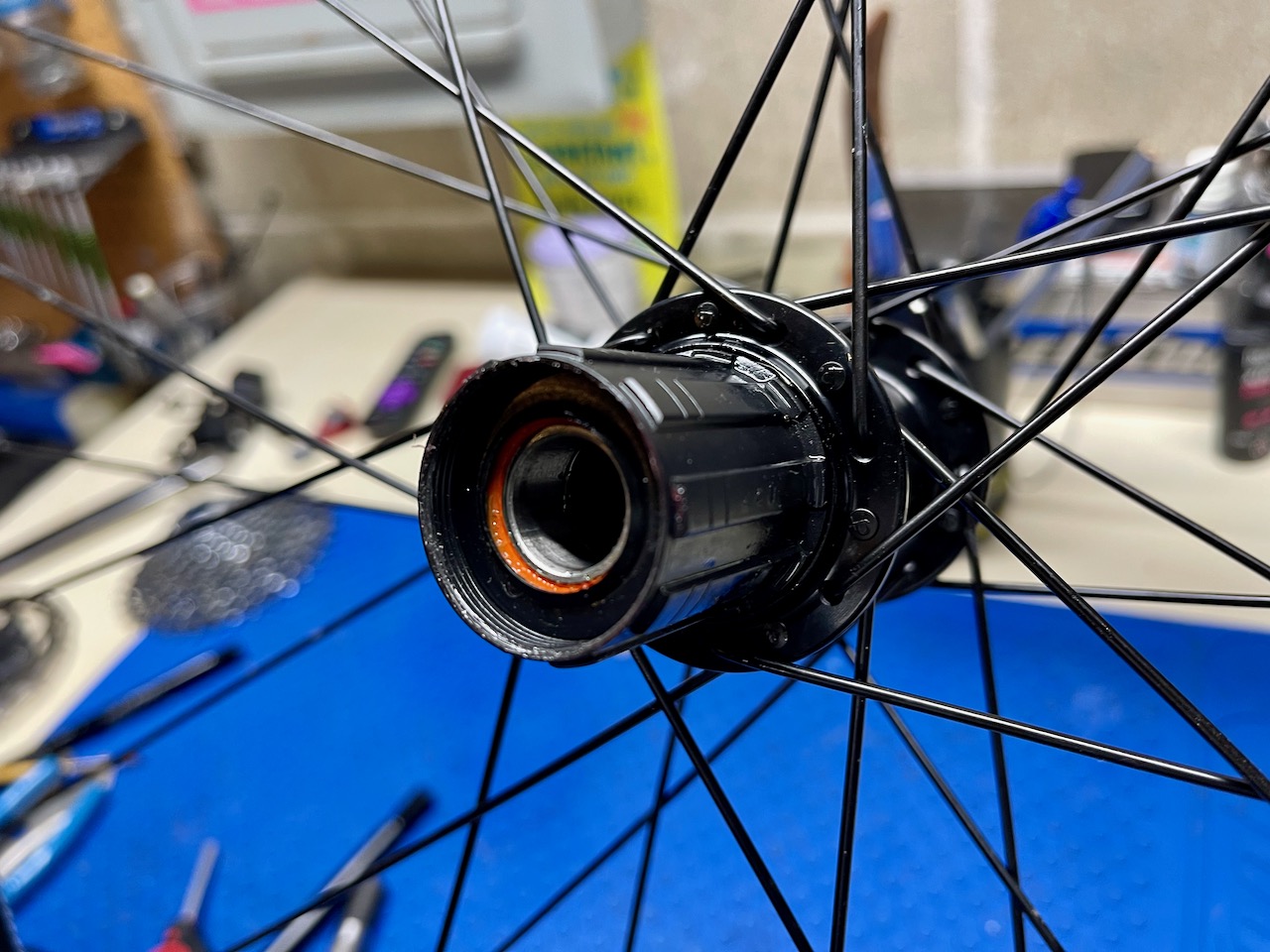Since the ‘cross season has kicked off, two schools of thought emerged in the future of “cyclocross bikes” and the race bike concept in general. The first is the purist—the idea that ‘cross bikes are race bikes, and very specific ones for that matter. As far as ‘cross geometry goes, bikes should have high bottom brackets for big sand ruts, horizontal top tubes for easier carrying, and should be built around sharp handling, and 33mm tires. The frame should reflect that, so much so that water bottle mounts could be deemed unnecessary.
The other, increasingly popular view is that ‘cross bikes can do more than just race, they can travel and explore too— if given a slight tweak of geometry, bottom bracket drop and most importantly; tire clearance.
Cannondale went with the latter, retiring its truly iconic Super X frame and rebranding it as the new SuperSix Evo CX. The new frame is a chameleon, and it can ‘cross and ride gravel. To that effect, that the bike comes with two different builds—and only two, for that matter. The specs ensure a timely availability (hopefully)… but is this bike a good cyclocross machine, or is it a gravel bike in cross componentry?
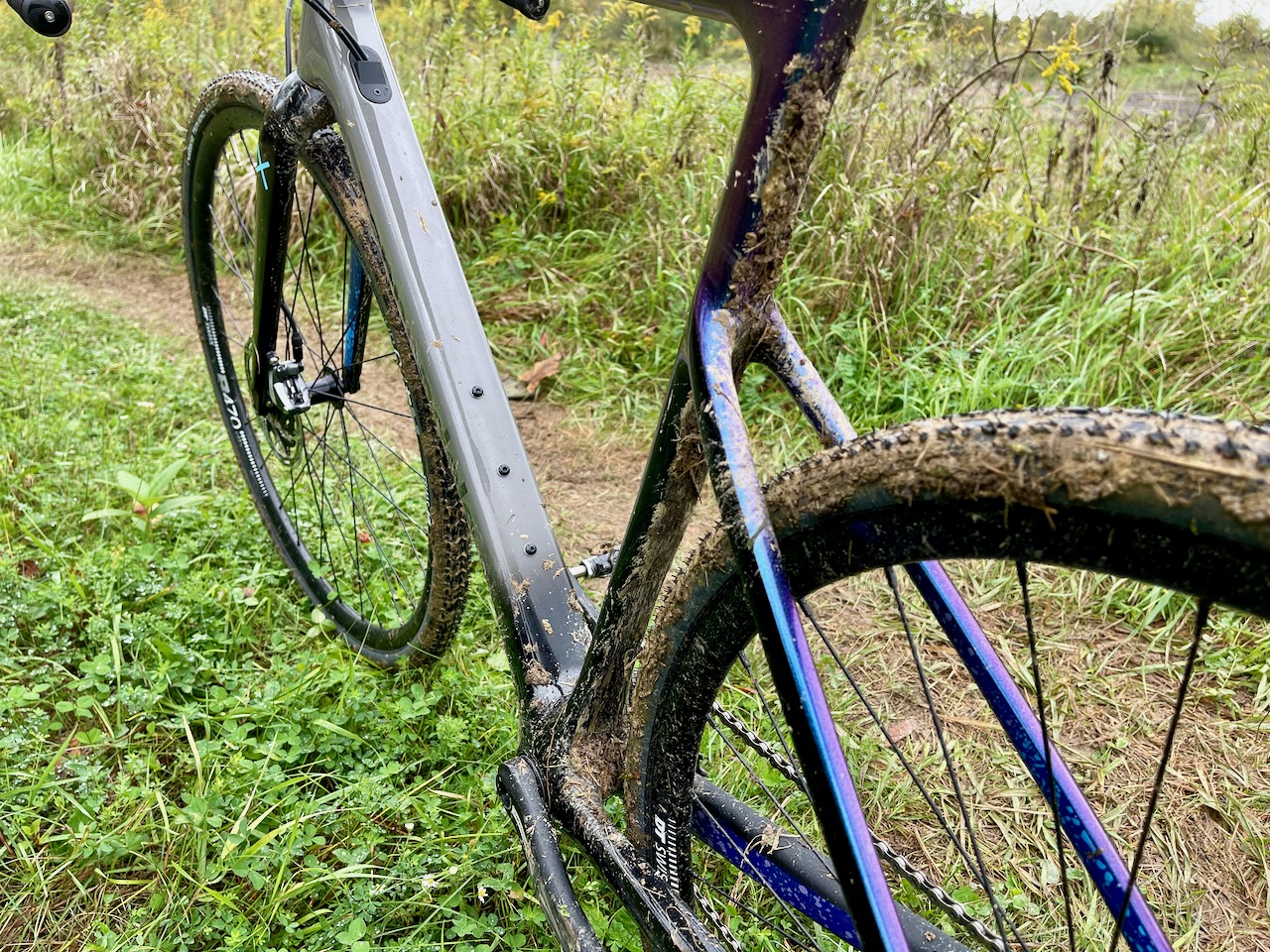
Cannondale SuperSix EVO CX — What’s new?
Though this bike looks startlingly different from its predecessor, it’s not all that different. The Super X geometry was dialed (in my opinion), and Cannondale offered minor tweaks here and there over the years.
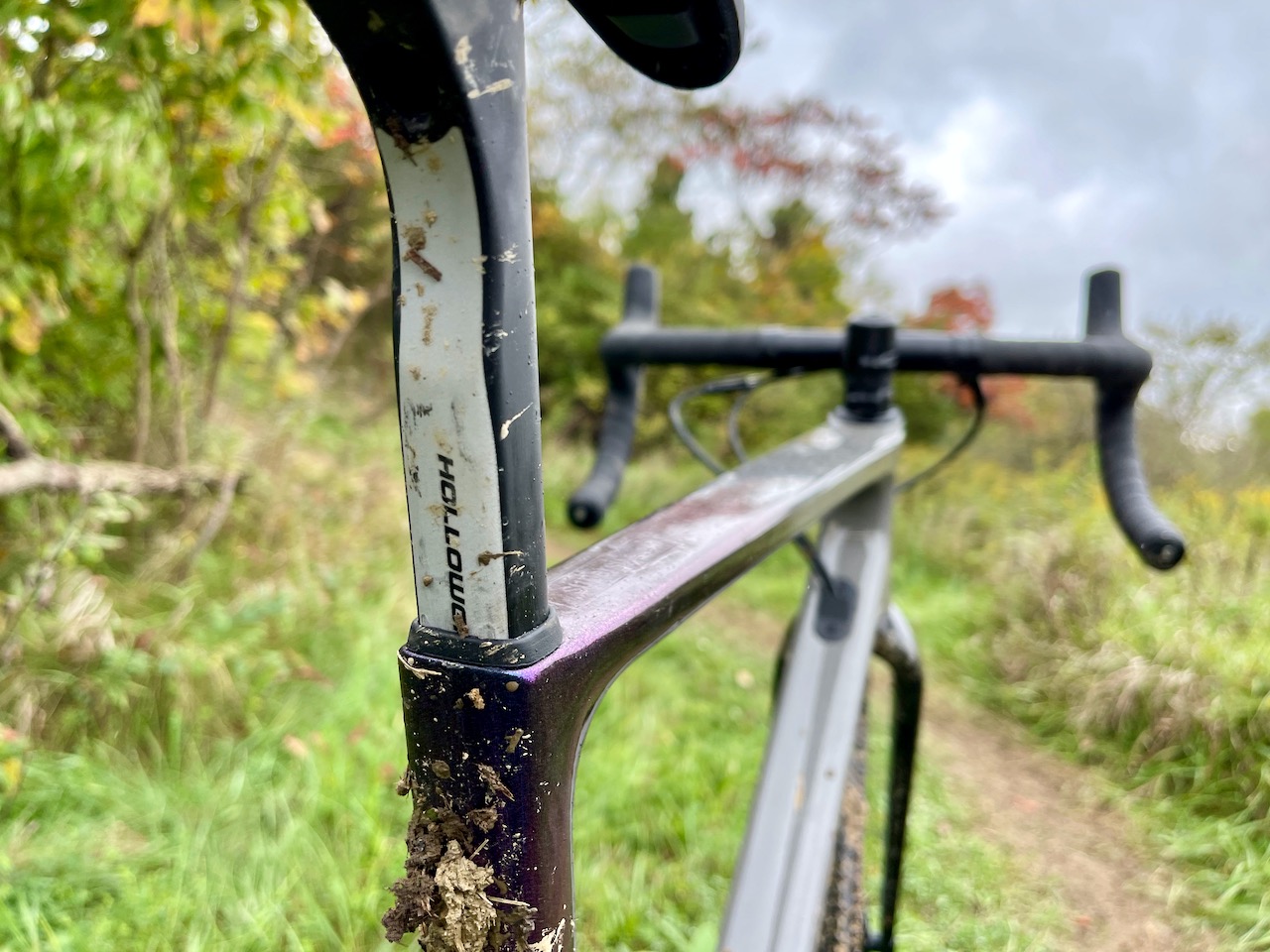
For this frame’s updates, Cannondale dropped the seat stays, beefed up the fork, added its bump softening KN0T Seatpost, and updated the frame with aero tube shapes… pretty much taking the Super X and firmly integrating it into the SuperSix line.
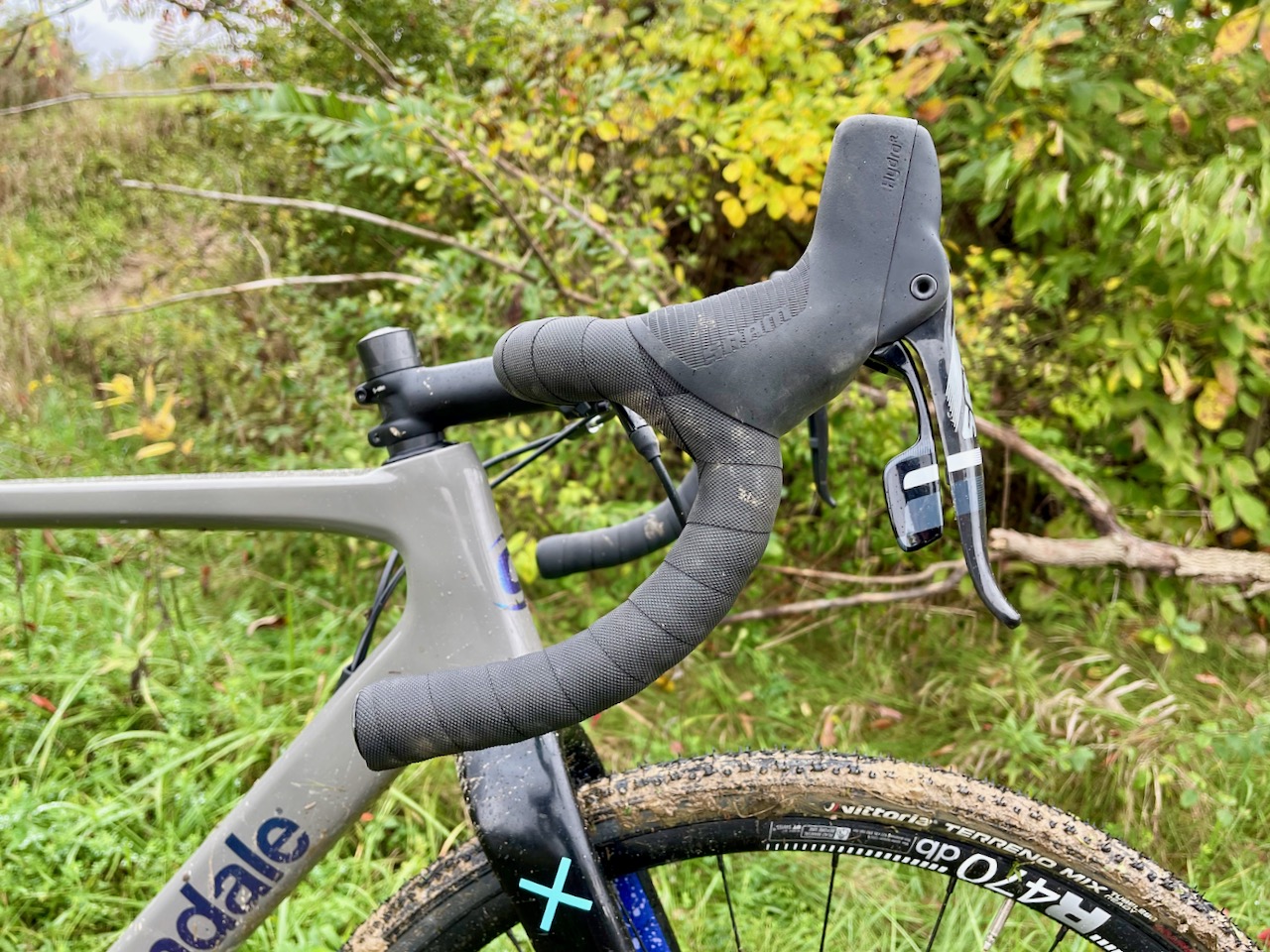
One change that isn’t on the SuperSix road line is the “out front” handing, a blending of ‘cross and popular gravel geometry which involves slackening the seat tube and allowing for better high-speed stability and slow-speed steering. This subtle change, combined with the massive 45mm tire clearance, makes this bike a solid choice for gravel without completely steering away from CX.
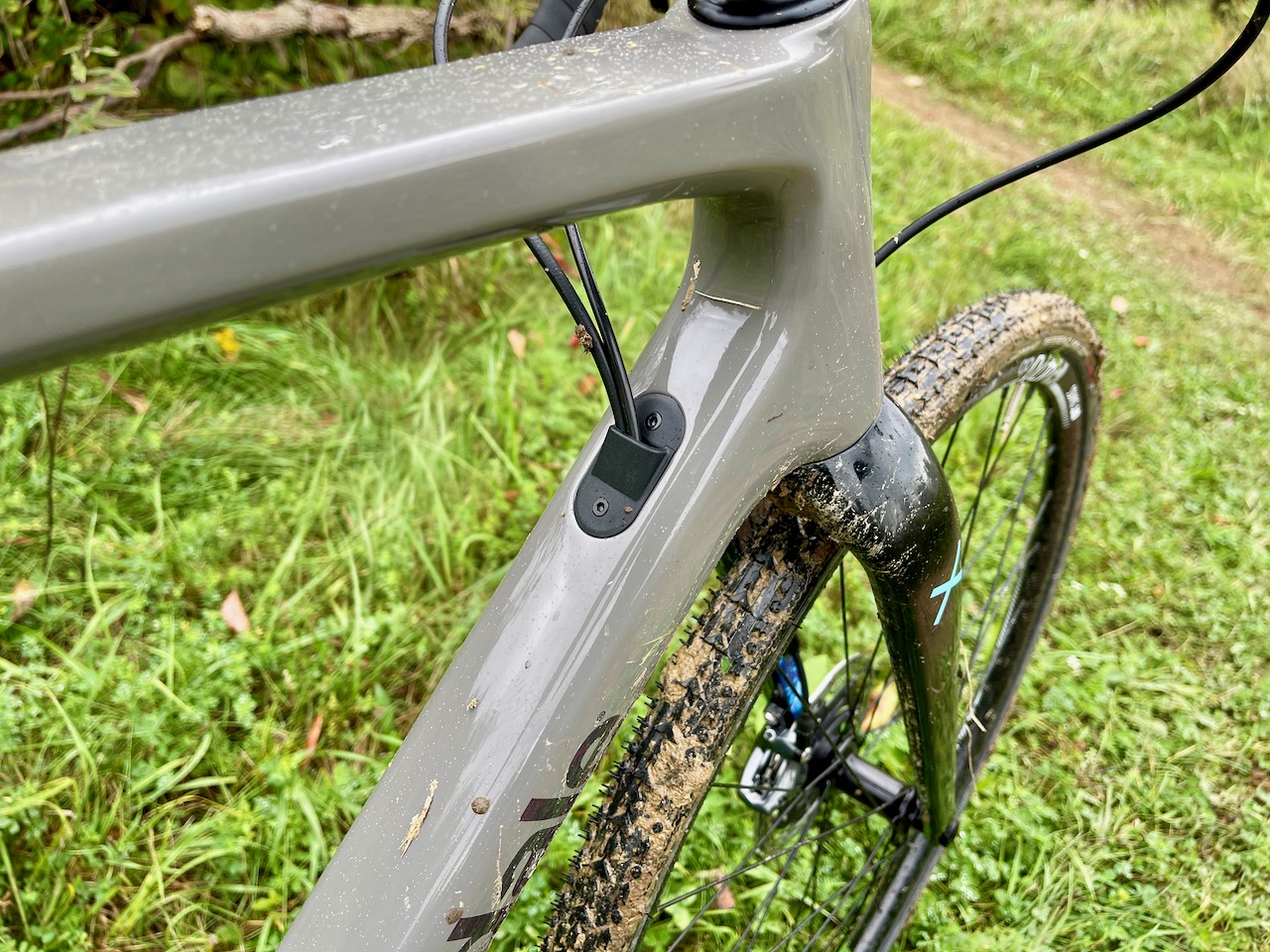
But what would a new bike be without new specs? The new SuperSix CX carries over some of the quirky tech from the Super X — the Ai-specific rear wheel being one of them.
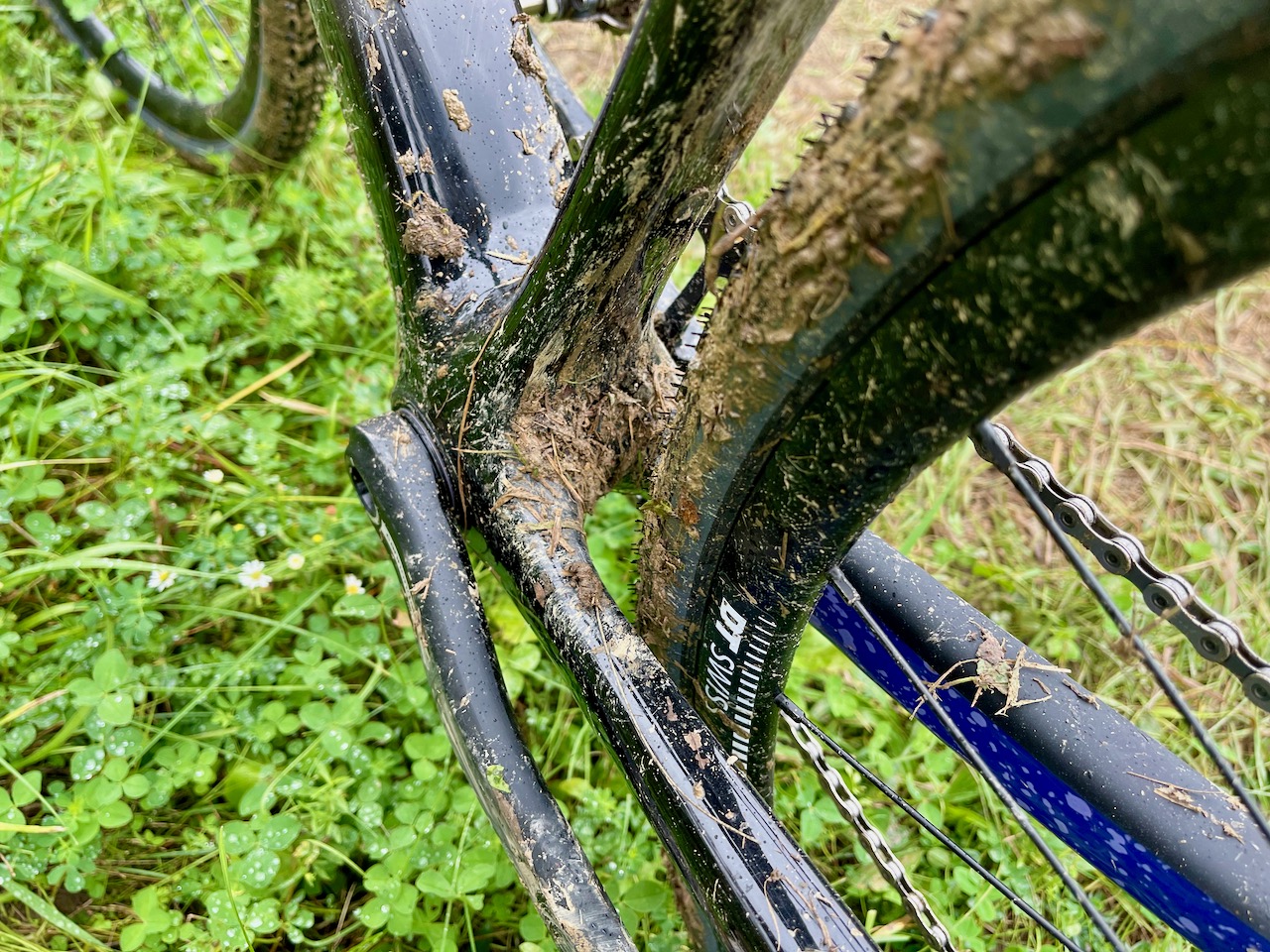
The new SuperSix CX also carries the same bottom bracket spec as the SuperSix EVO (PF30-83 Ai) requiring a 4mm offset chainring update that allows for a better chain line overall on the bike.
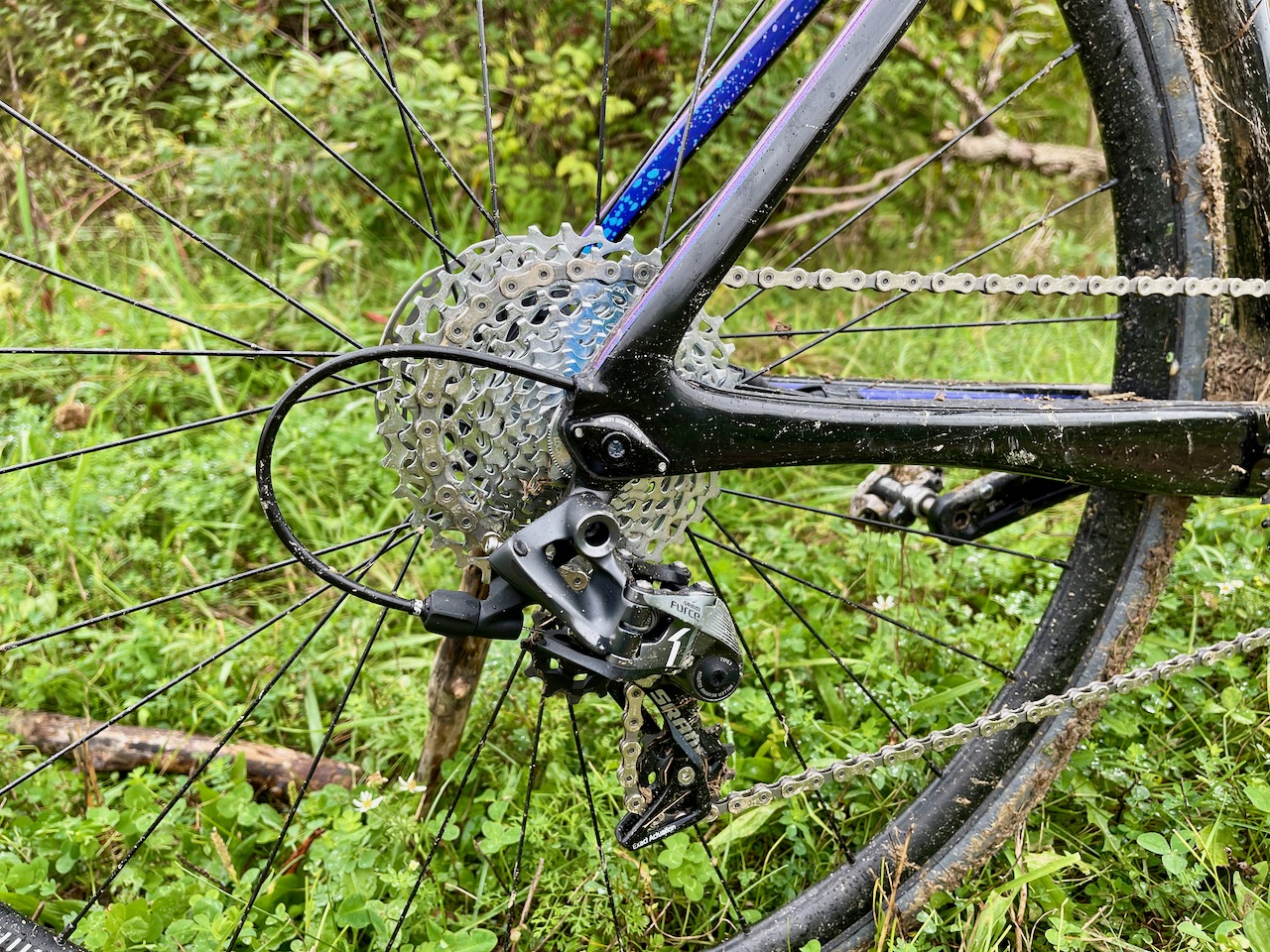
One spec to rule them all?
The Cannondale SuperSix EVO CX (and Cannondale SuperSix EVO SE) were the first bikes of the 2022 season that we saw with a singular build option in addition to frameset-only options. This “limited spec” isn’t new for the industry but relatively new for larger manufacturers like Cannondale. We usually see a launch like the Cannondale SuperSix EVO CX with cascading levels of high-end componentry, all the way down to the workhorse level economical builds.
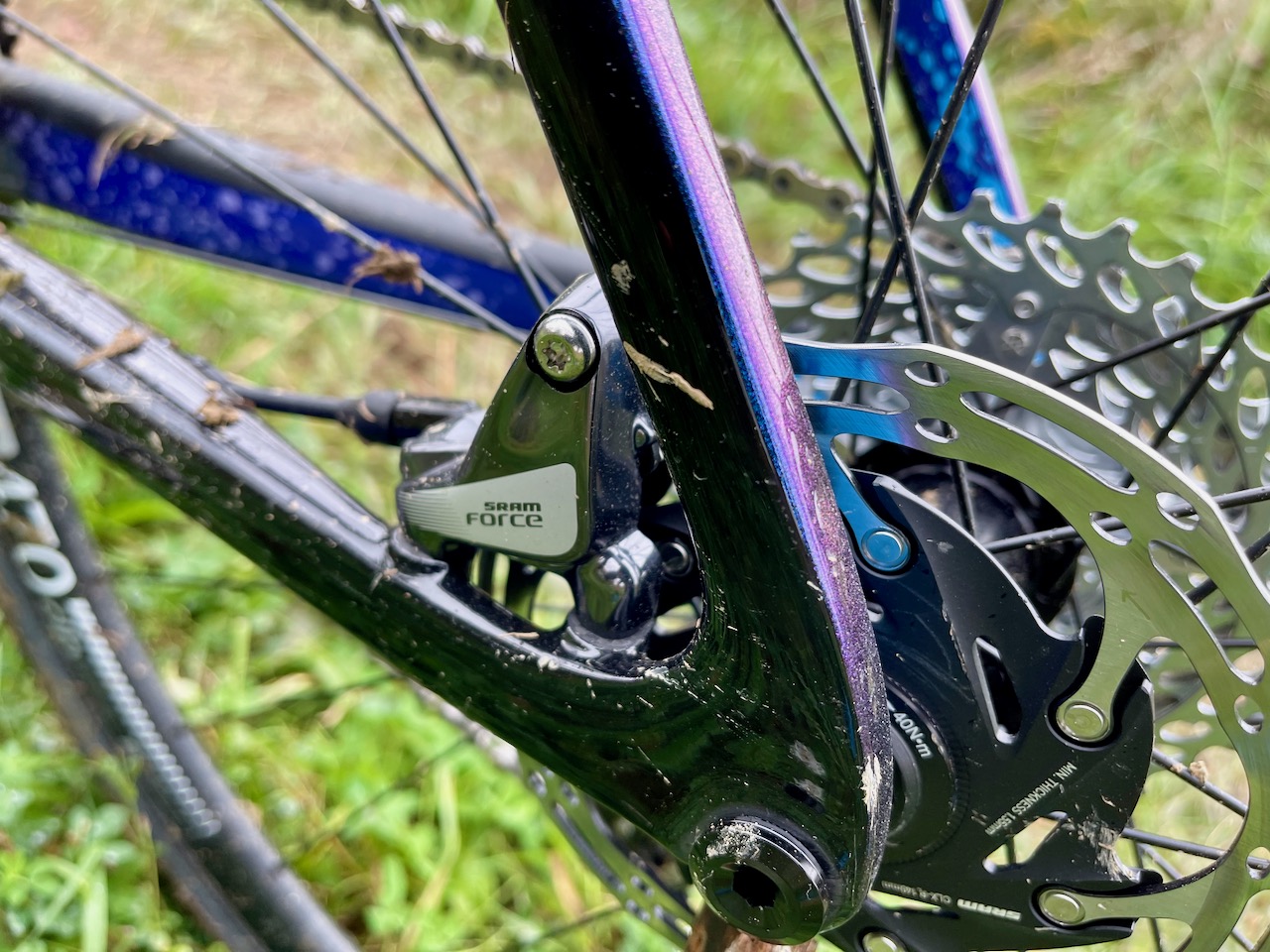
For 2022, the Cannondale SuperSix EVO CX arrives in a single build — SRAM Force CX1. The groupset is readily available and has proven itself a strong option for many recreational and professional level riders. The spec also keeps the price in the middle — yeah, there’s no lower level, but that also means there’s no $10K cyclocross stud version either.
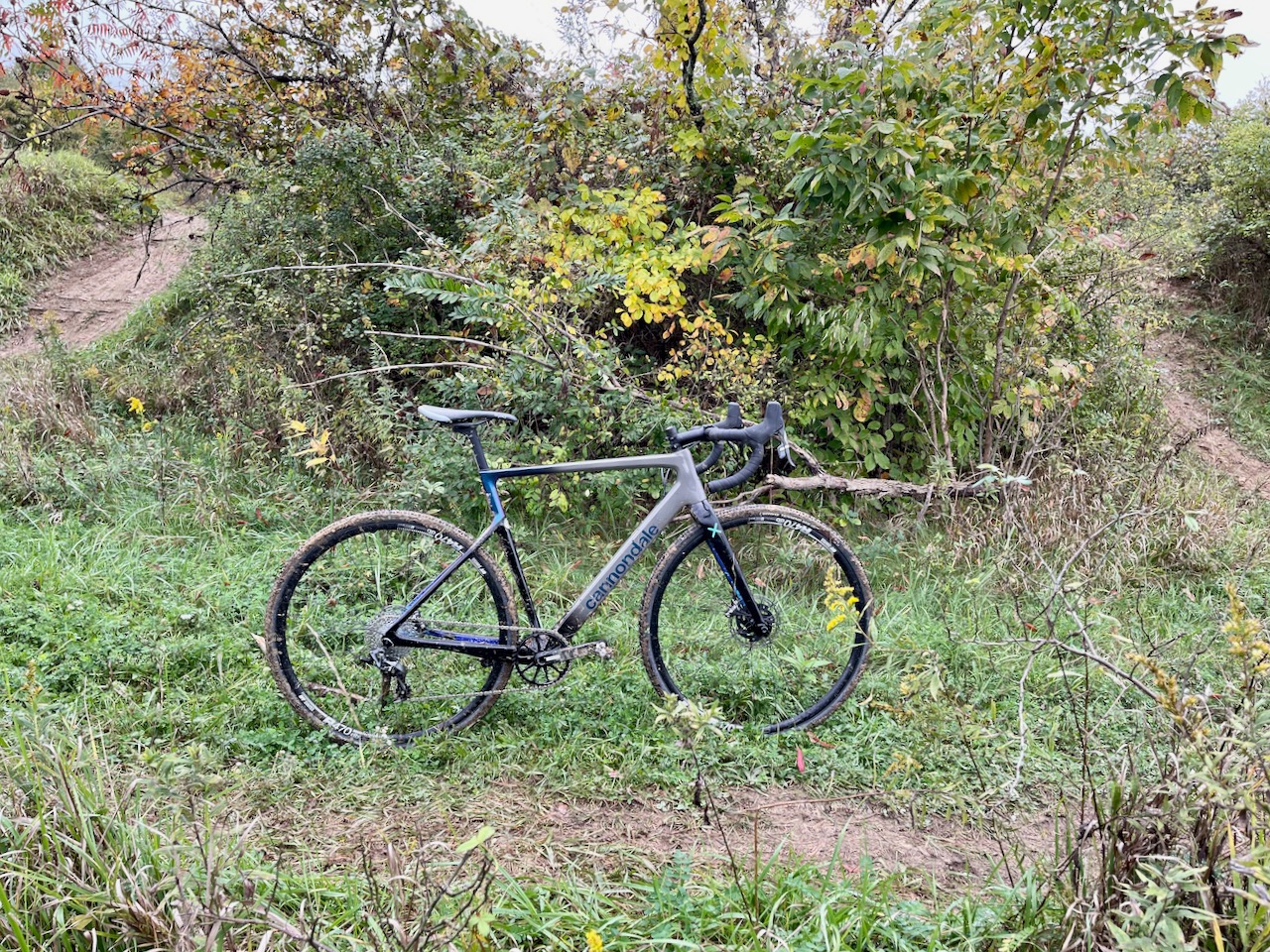
Cannondale SuperSix EVO CX — Full specs:
- Frame: SuperSix Evo CX Carbon, internal cable routing w/ Switchplate, 12x142mm
- Fork: SuperSix Evo CX Carbon, SAVE, integrated crown race, 12x100mm
- Drivetrain: Sram Force CX1, 11-speed
- Cranks: Cannondale 1, BB30a, 40T-OPI SpideRing
- Cassette: SRAM PG-1170, 11-36T,
- Brakes: SRAM Force 1 Hydraulic Disc, Centerline rotors 160mm (front) 140mm (rear)
- Wheels: Formula Hubs/ DT Swiss R470 DB Tubeless rims
- Tires: Vittoria Terreno Mix TNT, 700 x 33c, Tubeless Ready
- Saddle: Fabric Scoop w/ alloy rails
- Seatpost: HollowGram 27 SL KNOT, Carbon, two-bolt clamp, 330mm, 0mm offset all sizes
- Handlebar: Cannondale 2, 6061 aluminum, Compact
- Stem: Cannondale 3, 6061 Alloy, 31.8, 7º
- Price: $4000.00
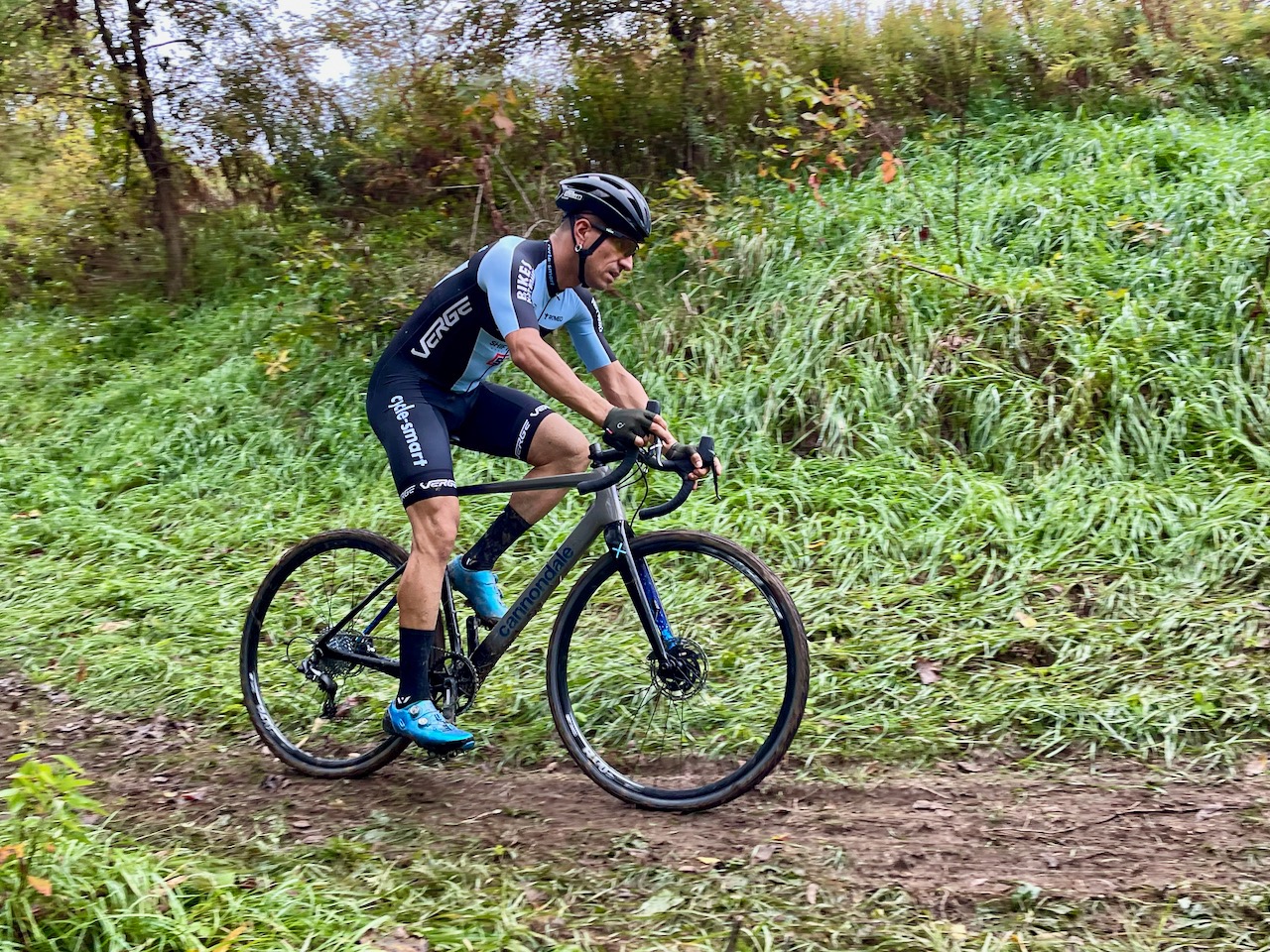
Ride impressions — Cannondale SuperSix EVO CX
The Cannondale SuperSix EVO CX on asphalt feels like a proper road bike — with knobby tires, of course. The ride is very similar to the SuperSix, the soft bump dampening, the acceleration responsiveness, and the look.
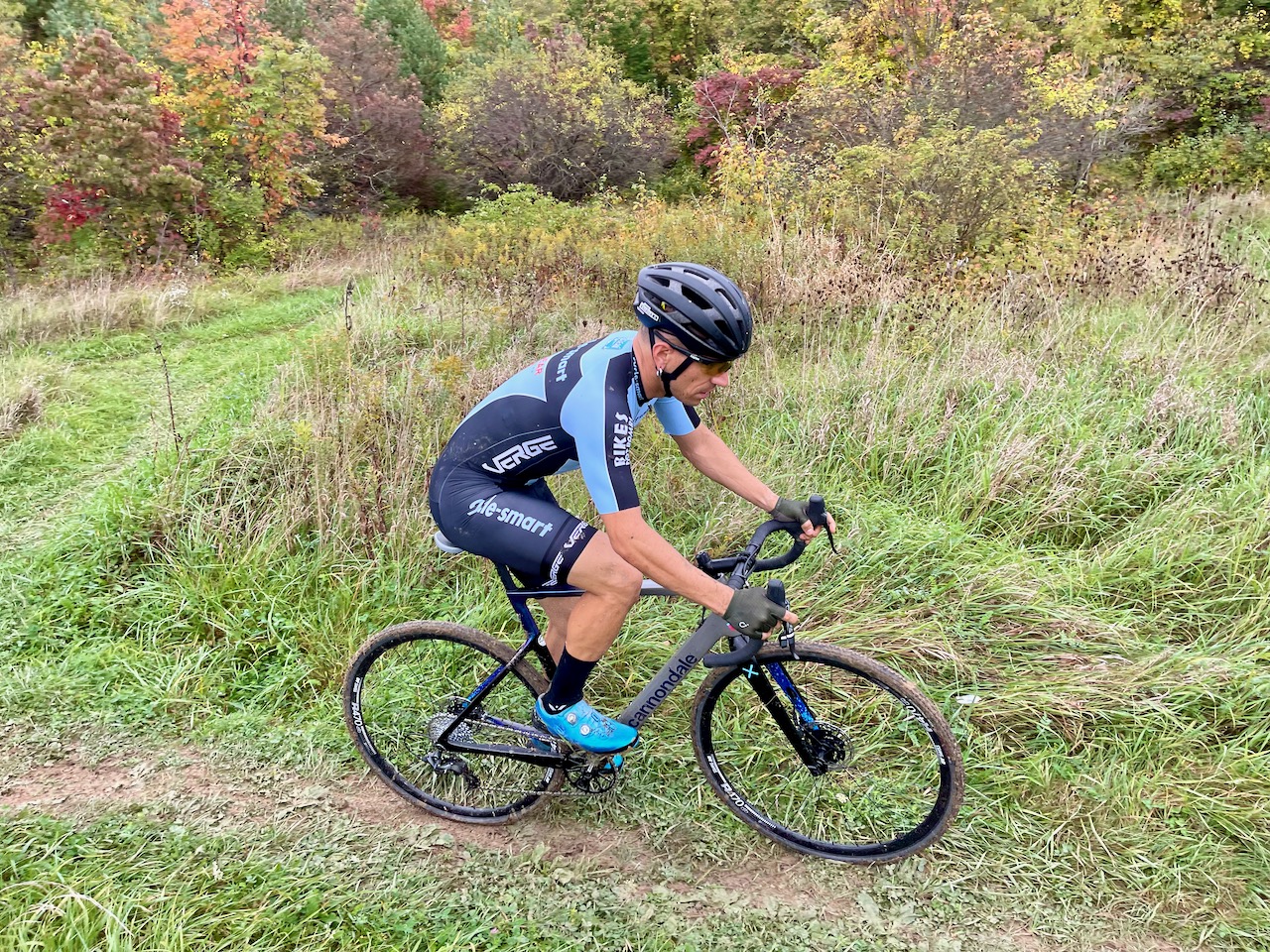
My shake-out rides descended from road, gravel, single-track — eventually landing at our local cyclocross course for some hot laps. The Cannondale SuperSix EVO CX performed well in all…some better than others. The new geometry is an asset on the road and rolling gravel. I enjoyed how stable the bike felt on sketchy descents. When you change out the mud tires to file treads, this bike can fly on the tarmac. The frame feels stiff in a way that transfers power into motion, the way a fast road bike feels. The fork is stout, same with the entire front end of the machine — in stark contrast to the frame’s rear.

The SuperSix felt like a rocket in the wide-open single track, just as I remember my first rides on the Super X years ago. The beefed-up fork tracks like a laser and the rear end (seat post included) soaked up the small trail chatter with ease. Wide-open, full throttle, this bike moves, no questions asked.
When I arrived at the twisting and turning sections of the trail, I noticed some soft spots in the geometry, or so I thought. The Cannondale SuperSix EVO CX didn’t have the killer tight steering I remember from its formative years as the Super X.
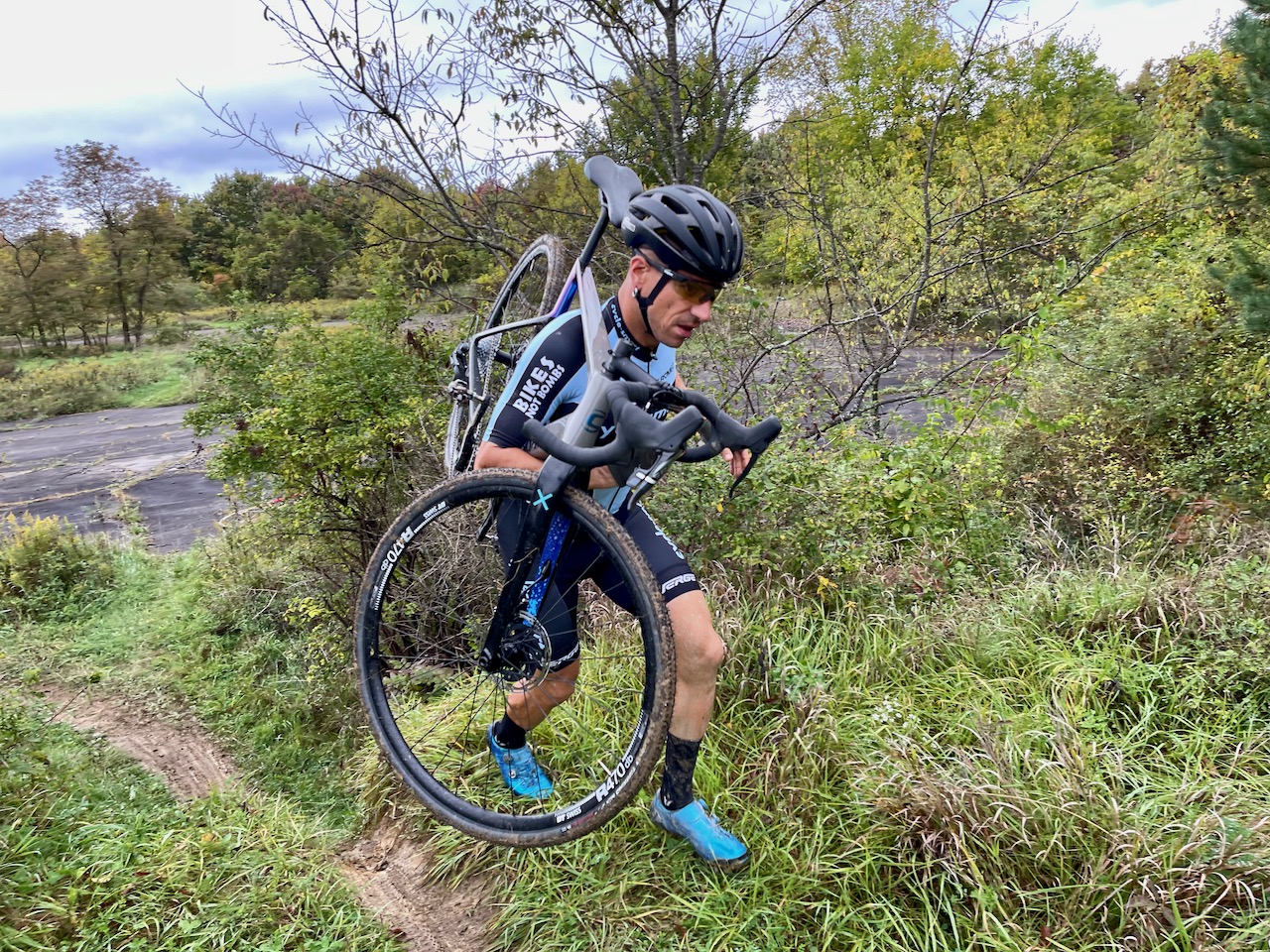
In 2021 Cannondale tweaked the Super X geometry, taking the Cannondale SuperSix EVO CX seat tube from a steep 74° to 73.1°; the remainder of the geometry stayed the same. Could this be what I was feeling? Probably not. There’s much more going on with this frame than a slackened seat tube.
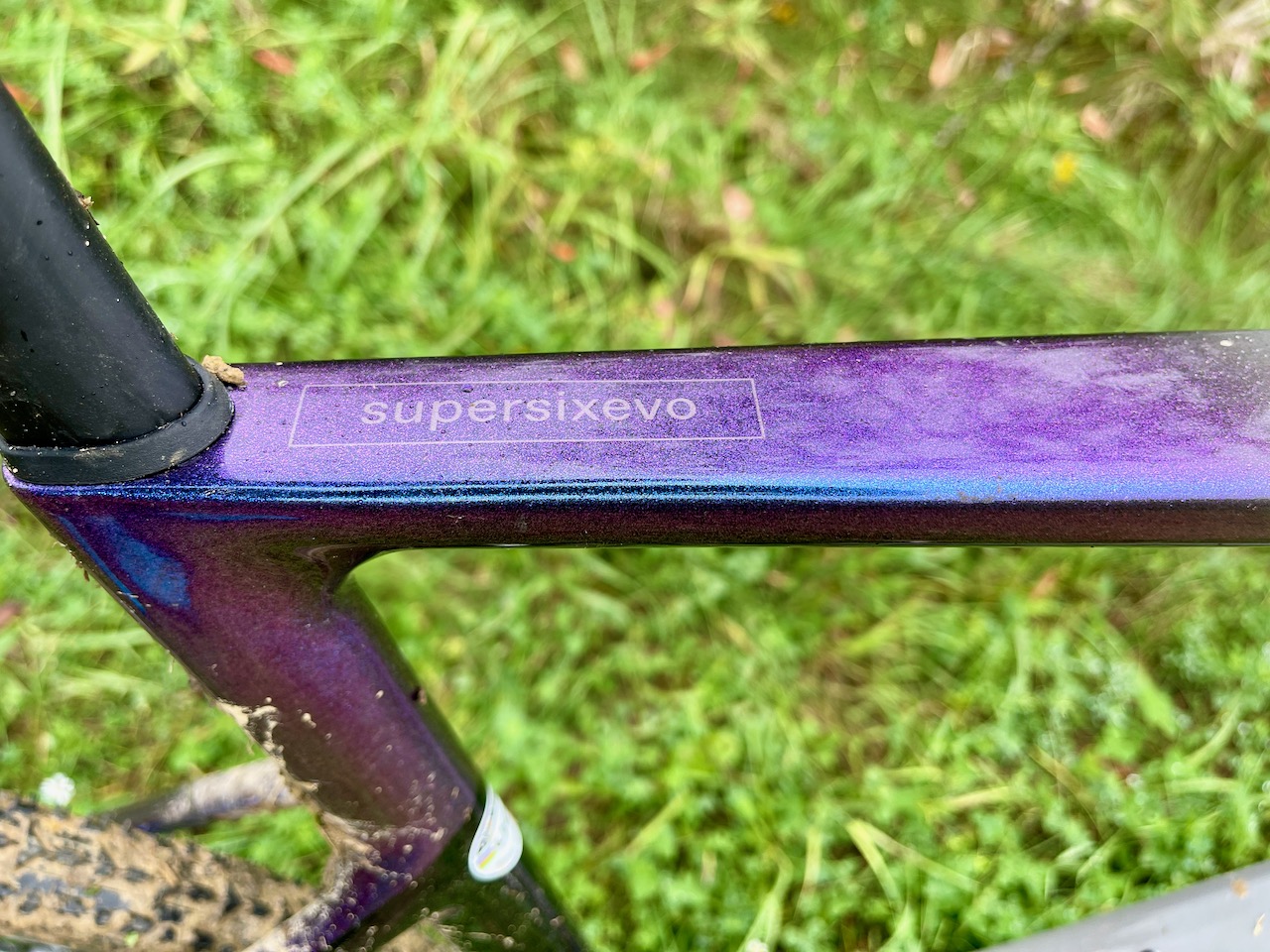
After some setup bar tweaking and stem swapping, I found a cozy spot where I felt I could drive the SuperSix EVO CX in the twisty sections and be efficient in the wide open sections. After my fit was dialed and many rides were under my belt, I switched to full-on ‘cross mode and traded the stock wheels for my Velocity Major Toms tubular training wheelset with trusty Challenge Grifos.
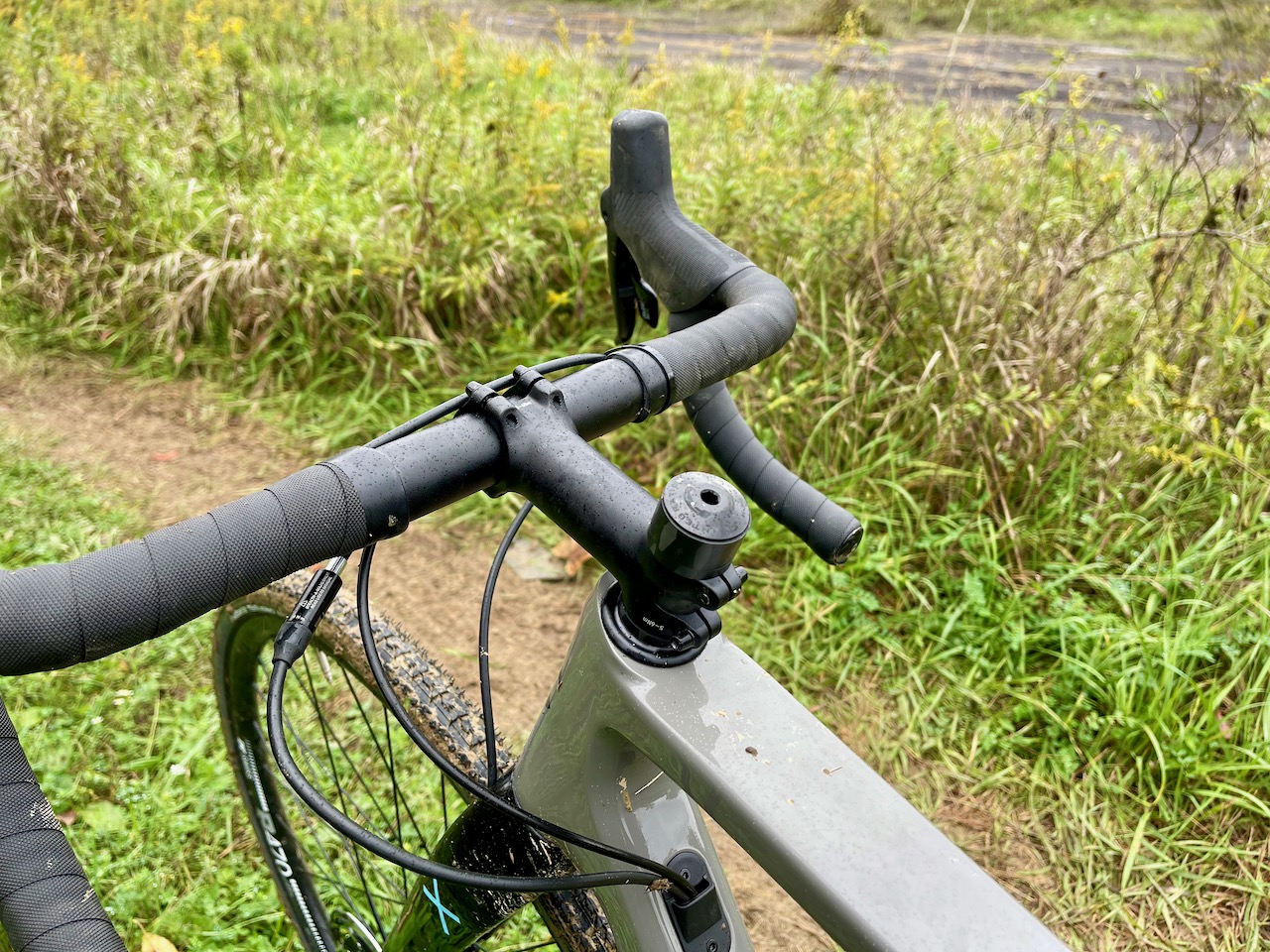
The wheel change wasn’t a quick procedure as it is on most ‘cross bikes. Cannondale has the SuperSix EVO CX rear-wheel dished to Ai-specs (6mm outward), meaning you’ll have to keep a dedicated rear wheel for the SuperSix EVO CX — or any Cannondale with said Ai offset. Whatever benefit the AI-spec offers is difficult to feel at best, and makes it harder to swap wheels—not exactly ideal for a cross bike.
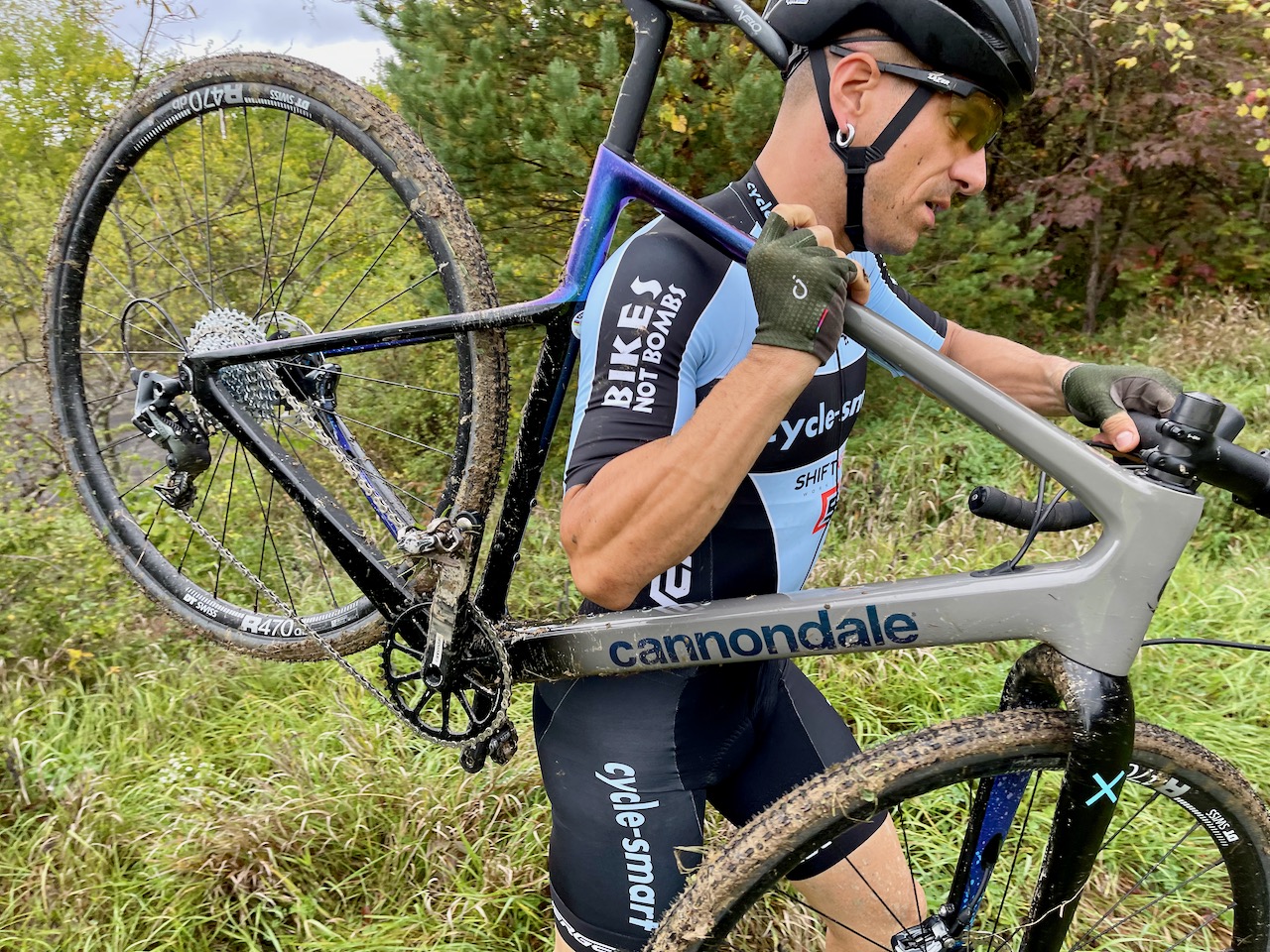
Cannondale claims up to 60% increase in rear-wheel stiffness for the Ai offset, but all it did for me was take the wheel out of the rotation for my other bikes and add some frustration to the review process…
Now equipped on ‘cross tubulars, the SuperSix EVO CX was a different feeling ride. The stock wheels are the weakest piece of spec on the SuperSix EVO CX, and a wheel change allowed this bike to shine more than I would have thought. The bike felt more nimble, and I was able to punch it out of the corners and ratchet the cranks more, allowing it to float over roots and ruts.

The stock wheels have very (very) slow engagement and are relatively heavy, even compared to the 1600g training wheels I replaced them with.
The stock wheels come with Formula CL-712/RXC-400 hubs, but the freehub engagement is not 100% clear. We figured we’d just remove the freehub and count the engagement ring teeth and pawls, but it turns out to be a self-contained freehub unit that threads onto the hub shell. Not only that, but it appears to not use a standard Allen fitting to install and remove like we’ve seen from similar freehubs in the past.
After seeing that Dan Large from XL Velo was dealing with a similar issue with a Cannondale e-bike hub, we reached out to see what he figured out (if you know Dan, you know that if anyone can find the answer, he can). After checking with one of his friends who works on Ferraris, they found that a 16mm 12-point socket did the trick. It’s not clear if this is the intended tool, but it worked.
In the end, that didn’t help us since you can’t really count the internals of a self-contained freehub unit, but at least we discovered how to remove it if necessary. The sealed bearings are a plus, but the engagement is hard to ignore when you’re looking to get on the gas fast.
I know most racers will eventually swap them out, but a $4,000 ‘cross bike should come with something better, especially to excel in the on/off pedaling nature of ‘cross racing.
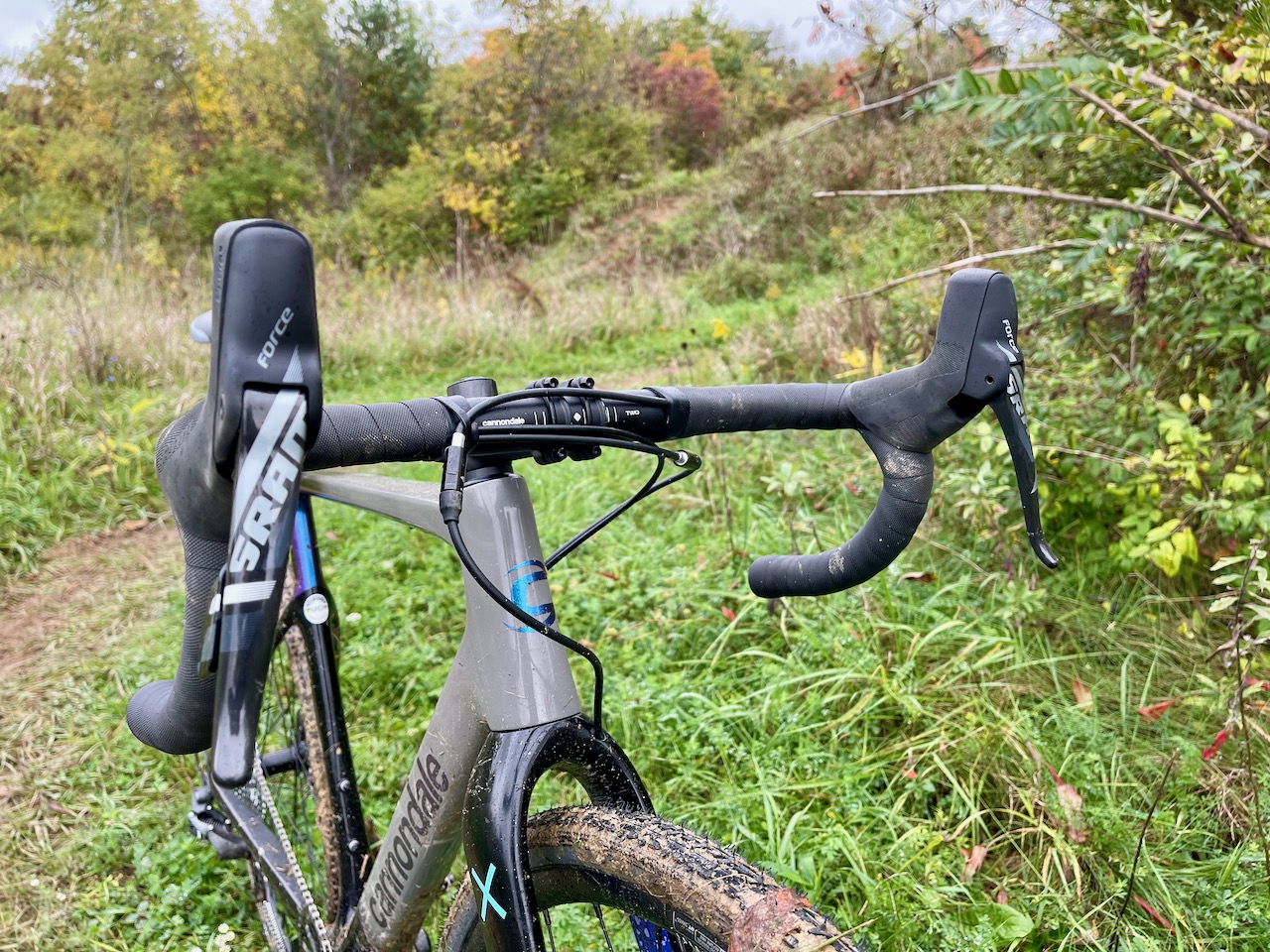
The SRAM Force CX1 group is a solid option and performed as well as I remembered. The shifting was spot on even in the worst conditions, and the brakes were always just a tick away from being where I wanted them to be in terms of modulation.
I also wanted to put a power meter on my Cannondale review ride for more quantifiable data (or my own amusement), but I couldn’t find one to fit the updated Canndondale PF30-83 Ai standard in time. The spec’d crankset is the Cannondale 1, BB86a, OPI SpideRing, with a 40T chainring. It’s similar to the Hollowgram of years past but much more of an entry-level spec than a performance-driven component.
Final thoughts
I enjoyed my time on the Cannondale SuperSix EVO CX. The bike is super fast, and under the right legs can win big races — Curtis White and Clara Honsinger of Cannondale-Cyclocrossworld.com proved that already in 2021. Cannondale kept most of the geometry from the Super X, which I respect and understand, especially with years of success.
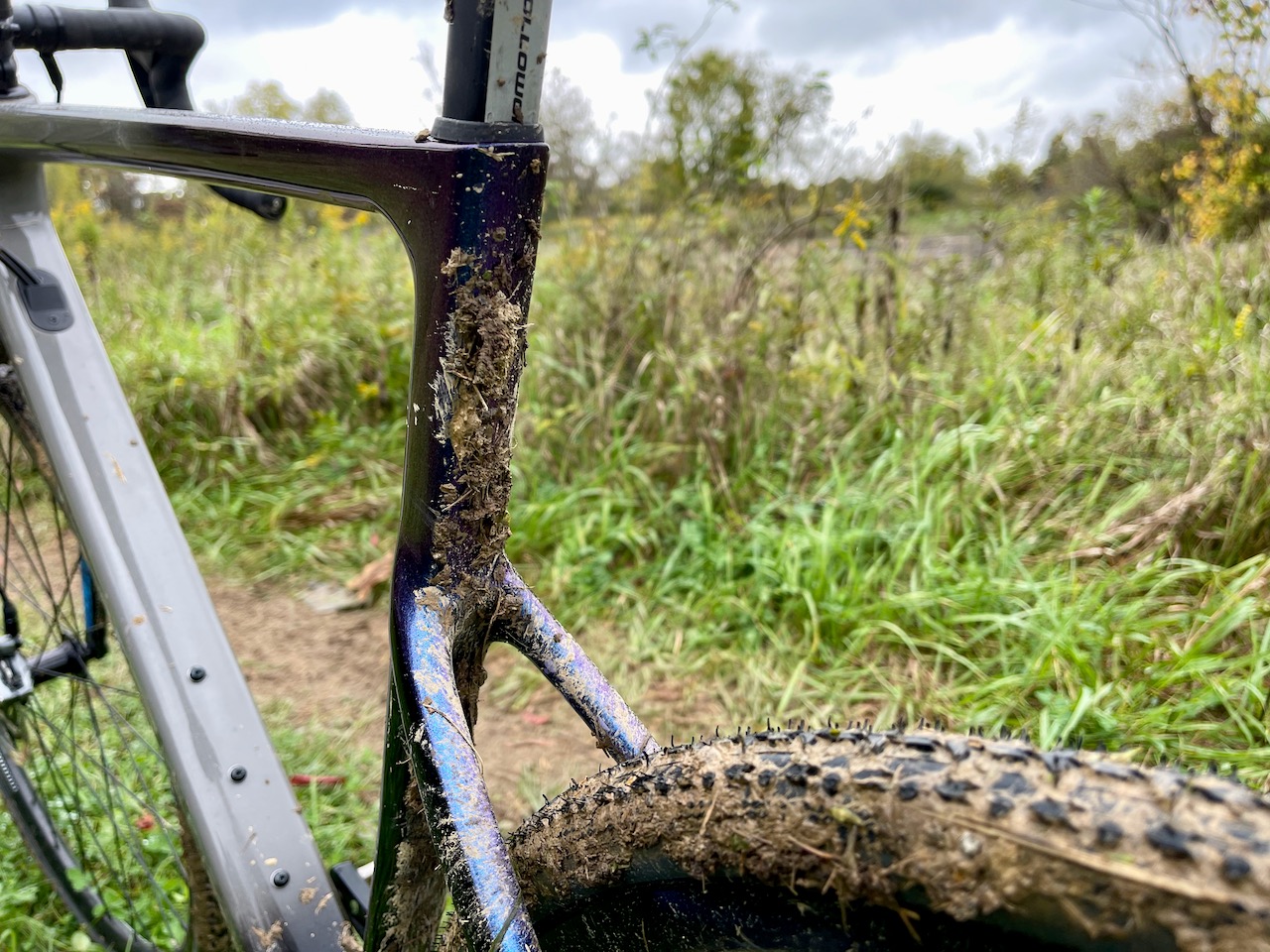
The added clearance for 45mm tires gives this bike another life beyond the tape of the ‘cross course. In muddy, super sloppy conditions, larger clearance is an excellent asset for mud and debris to clean from the tires. The frame is top-notch, and an elegant update to the Super X ‘crossers fell in love with years ago.
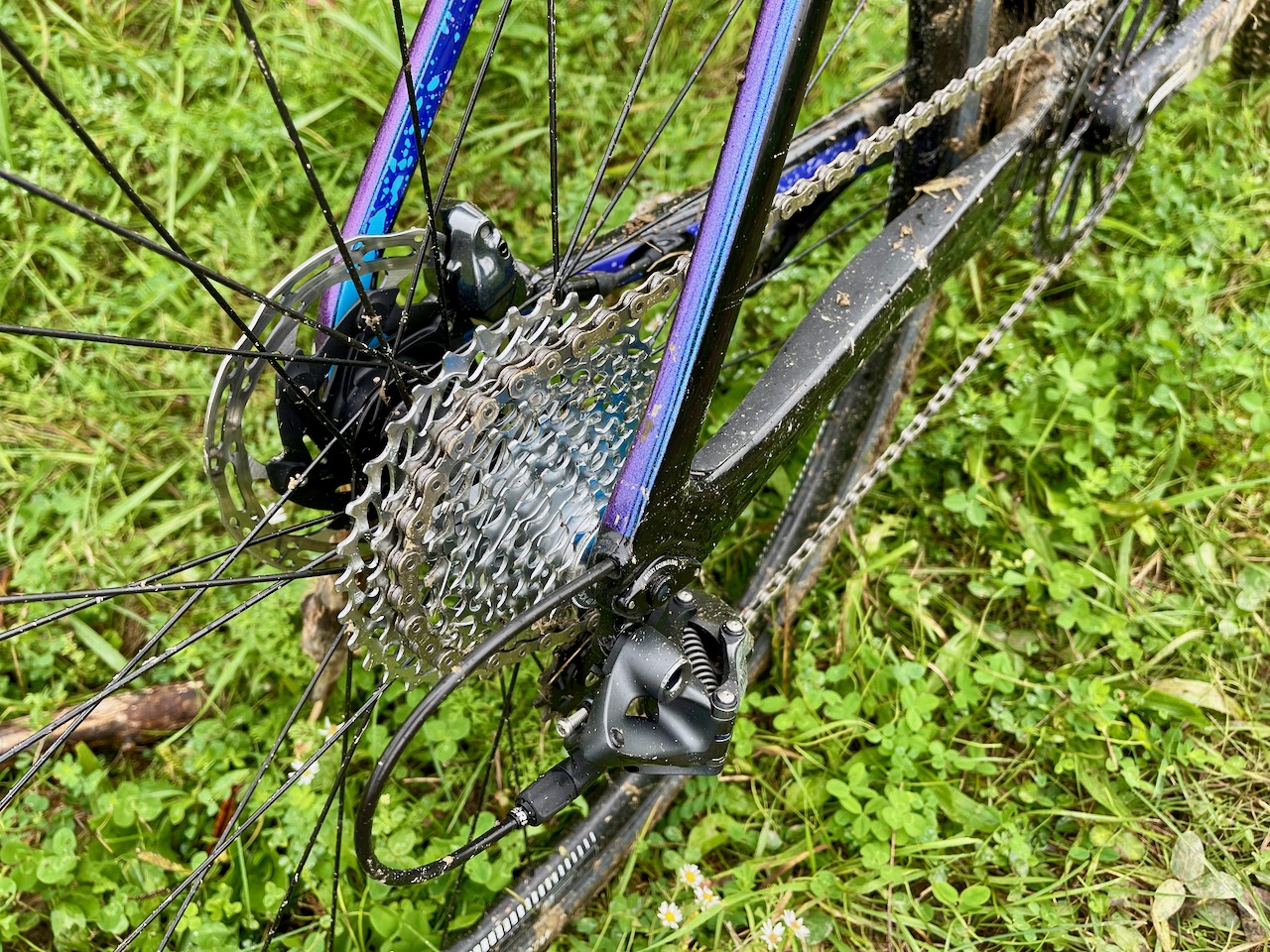
The spec of the bike, however, could use some work. It seems that $4000 is the new price point for competitive ‘cross bikes. Compared to the Trek Boone and Giant TCX (at or under $4000) the SuperSix EVO CX comes up short in the spec front. Both Trek and Giant specced their cross bikes utilizing Shimano GRX groupsets, and a higher engagement cyclocross-focused wheelset (carbon on the TCX) — a seemingly more premium offering all around. I know that bike parts are limited, but this fantastic new frame deserves a better spec for its inaugural year.
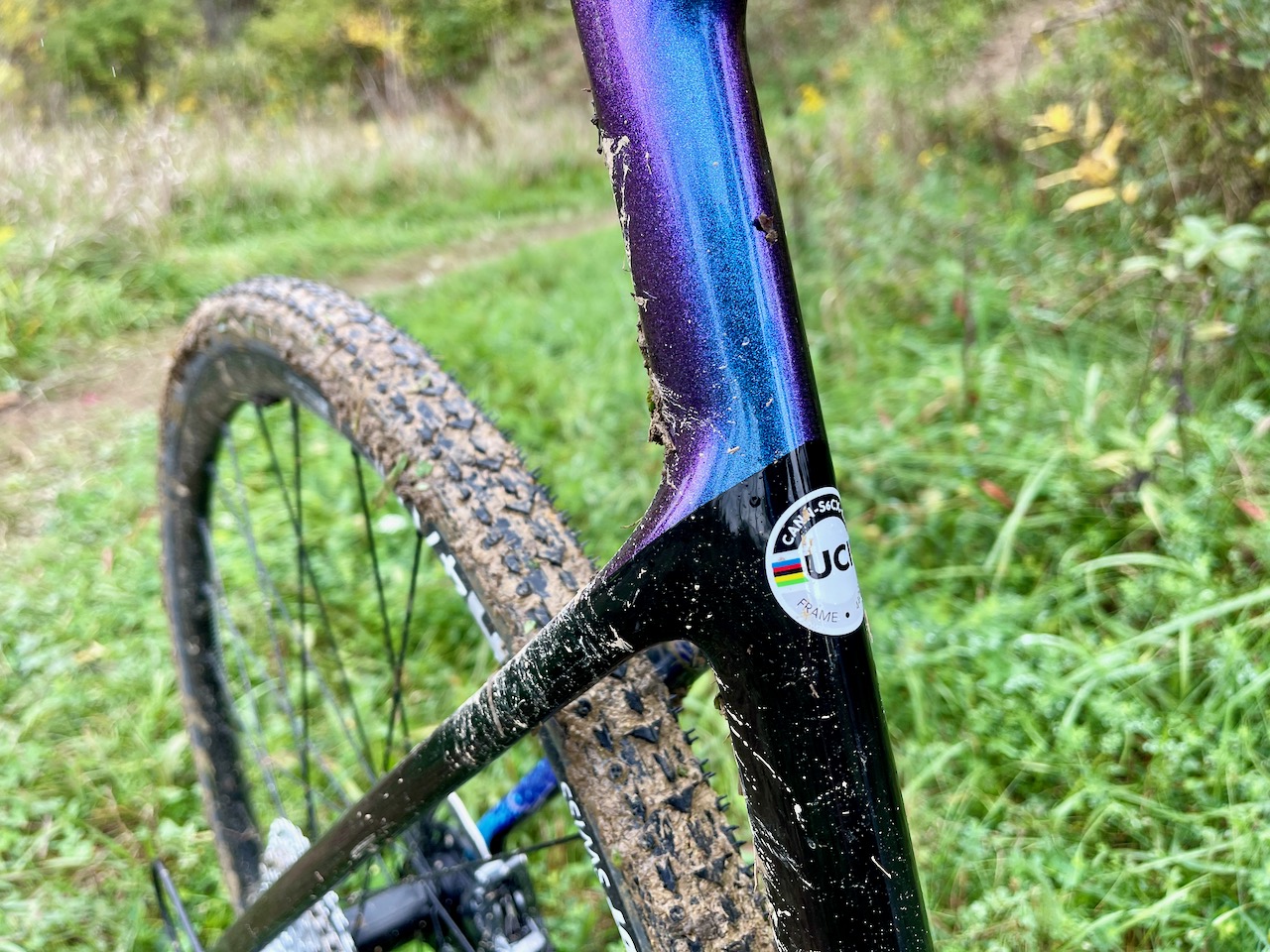
Still, if you’re a cyclocross racer that’s looking for a fast new ride this season, the Cannondale SuperSix EVO CX is worth a look — especially if you’re coming off a Cannondale Ai-spec bike. If you find yourself doing slightly more gravel or road rides, the Cannondale SuperSix EVO SE is a much better deal and will cover more ground in the long run.
